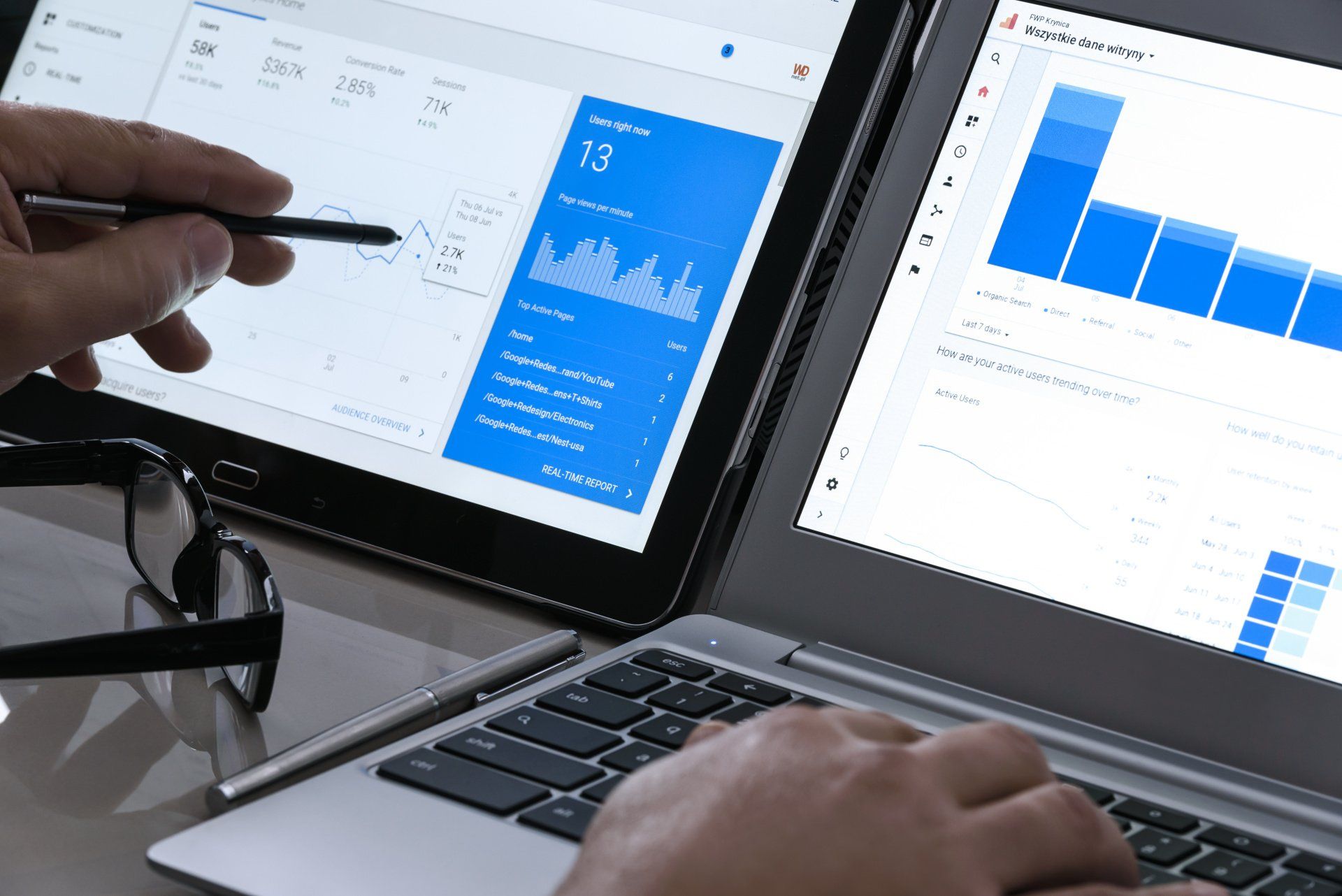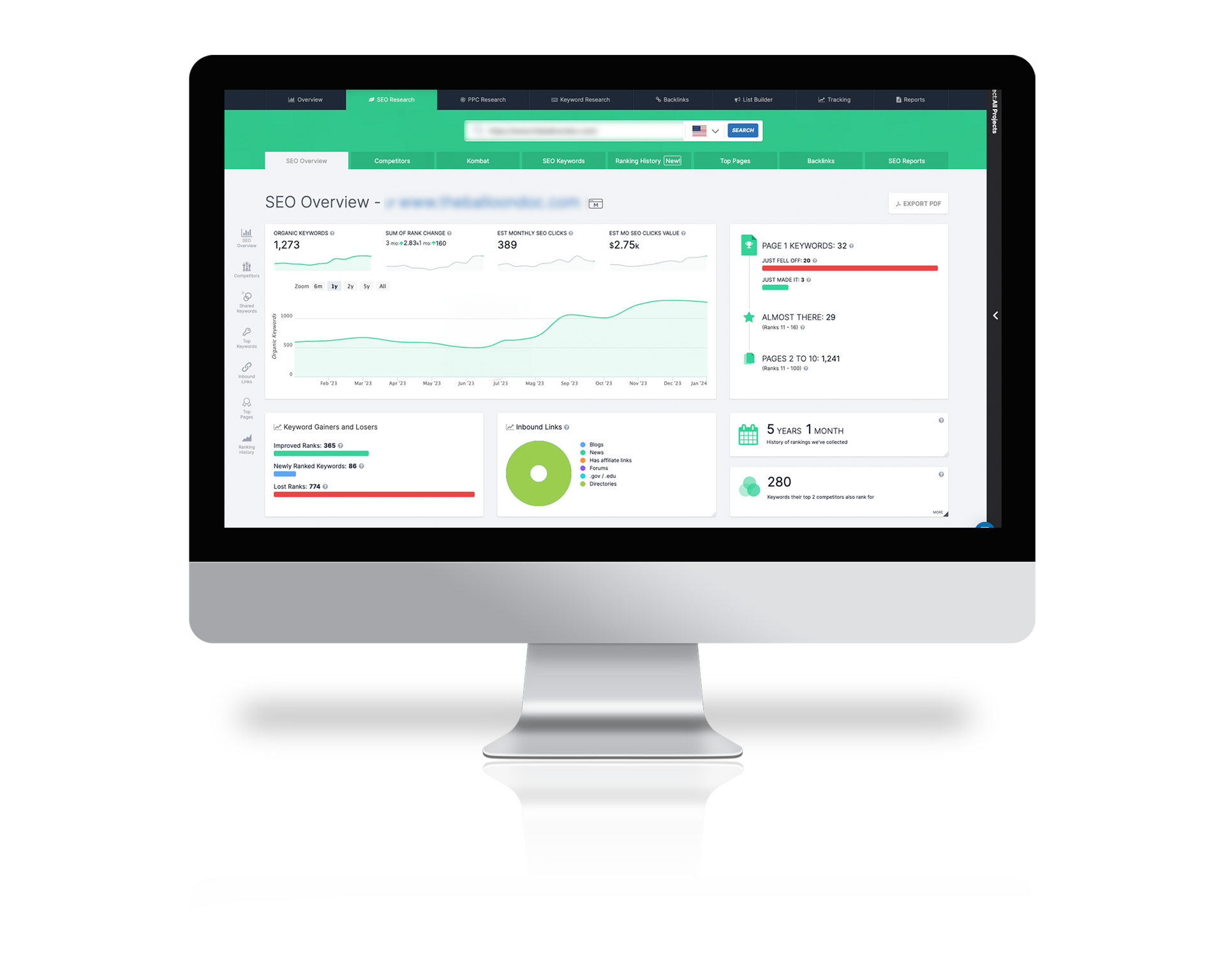January 26, 2022
Google announced the Topics API

Google announced the Topics API
Google announced the Topics API, its replacement for FLoC (which was a replacement for third-party cookies). You can learn more about the proposal in our coverage linked above, but here’s the TL;DR:
- The Topics API will select topics of interest, based on the user’s browsing history, and share those topics with participating sites for advertising purposes.
- Up to five topics can be associated with a browser, and the API will share up to three of those with a site. Topics are stored for three weeks, with topic selection occurring on the device.
- Topics is launching with 300 topics. “This is a starting point; we could see this getting into the low thousands or staying in the hundreds [of topics],” said Ben Galbraith, Chrome product director.







